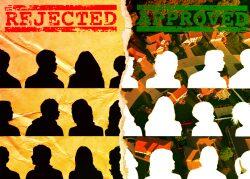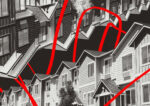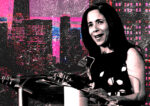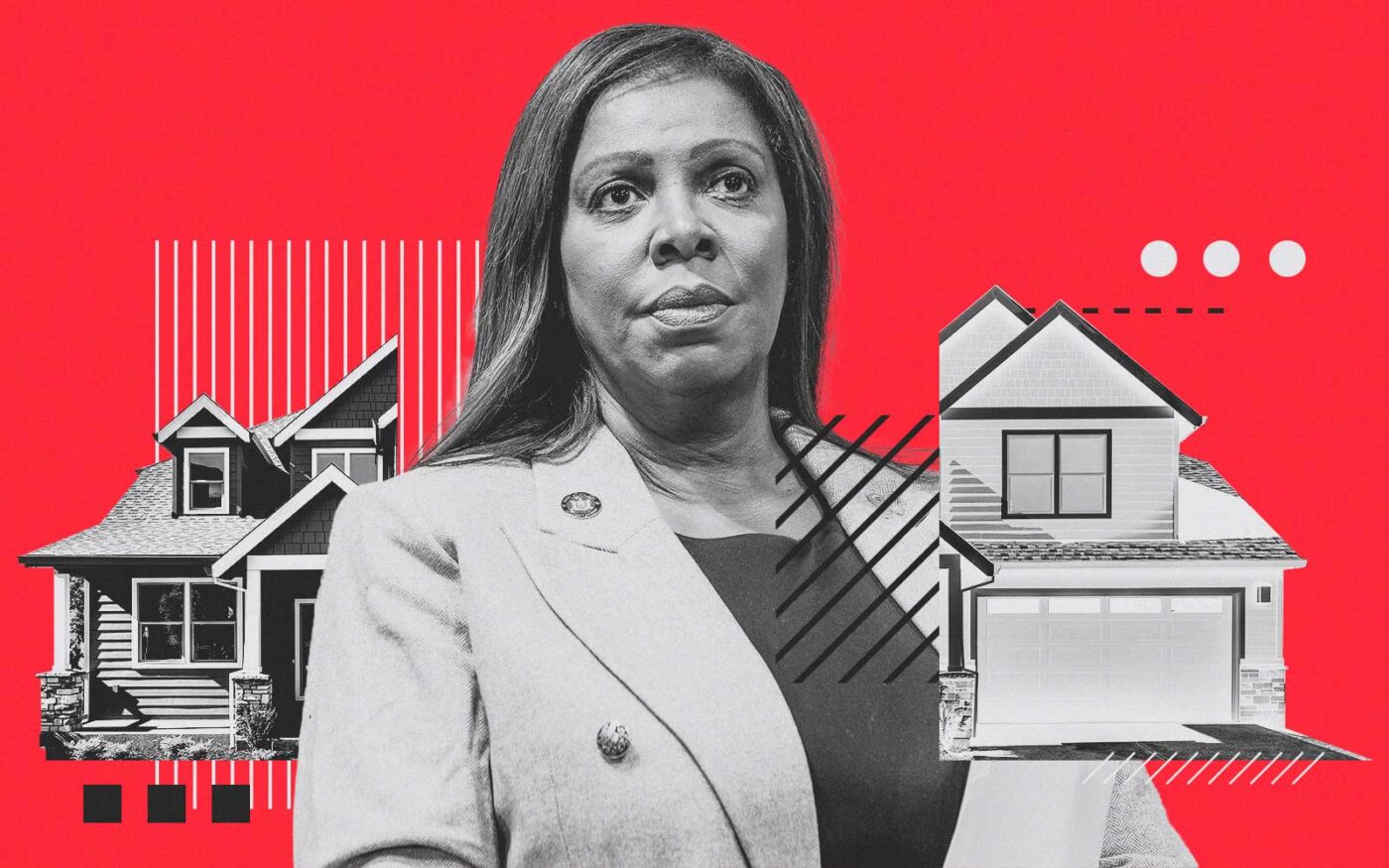Lots of studies have shown what one released this week by the New York attorney general did: Racial gaps in homeownership disadvantage communities of color.
But the analysis by Letitia James’ office went a step further, comparing white and non-white borrowers with similar financial profiles.
Controlling for factors such as credit score and income, the report found applicants of color are still denied mortgages at higher rates than their white counterparts.
The race factor, when combined with the economic headwinds New Yorkers of color face, contribute to a stark homeownership discrepancy: White households are more than twice as likely to own their homes as Latino or Black households (and 25 percent more likely than Asian households).
Homeownership is a common way for families to build wealth, so the racial gap drives disparities that can linger for generations.
“Unequal access to affordable credit is still pervasive across our state, reinforcing the legacy of segregation, leading to a disparity in homeownership, and fueling the racial wealth gap,” James said in a statement.
Her researchers looked at mortgage applications and loan data from 2018 to 2021 and calculated that for mortgages issued during that period, borrowers of color will pay $207 million more than white borrowers over the course of their loans.
The difficulty borrowers of color have obtaining a mortgage helps explain the disparate costs and homeownership rates. Denied traditional loans, they often turn to financing with higher interest rates and fees. Refinancing is also more challenging, the study found.
These factors also increase the likelihood of foreclosure.
The gap between white and Black homeownership was particularly pronounced in Albany. Only Minneapolis had a larger one in the cities studied.
Housing discrimination persists, even if redlining and restrictive covenants were made illegal decades ago. The Community Reinvestment Act took effect in 1977, yet Black mortgage applicants are still more likely to be denied loans. Nationwide, the appraisal gap is widening between white neighborhoods and communities of color, although teasing out race as a factor is difficult because appraisals are largely based on comparable sales.
James’ report offers prospective solutions for New York, including subsidizing payments and interest rates for first-generation homebuyers, increasing state funding to nonprofit financial institutions and passing a regulatory framework for cities, towns and municipalities to establish public banks.
Read more







